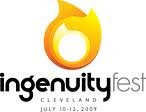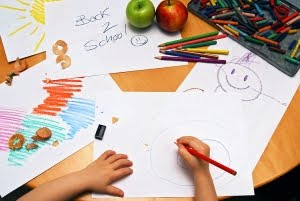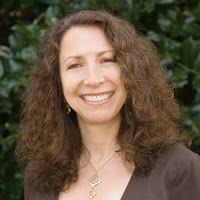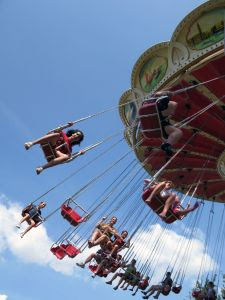I am currently reading Dr. Kathy Jordan’s latest book, Becoming a Life Change Artist: 7 Creative Skills to Reinvent Yourself at Any Stage of Life, and I am loving it. That’s why I am thrilled to introduce Kathy to my readers.
Dr. Kathy Jordan is an innovative coach and Reiki energy healing teacher who integrates her expertise in creative skill-building and mind/body practices to help people create more meaningful and joyful lives.
She is also a corporate consultant highly regarded for her inventive and practical approaches to managing strategic change and enhancing bottom-line performance. And she provides writing and editorial guidance to help individuals and businesses craft compelling messages true to their voice and vision.
1. What does creativity mean to you?
My vision of creativity is that it is the energy of all things. It is the force which animates us. We’re all born with creative potential, and we all have the ability to develop our creative skills throughout our lifetime. For me, creativity and spirituality are intertwined. I think of creative energy and spiritual energy as the same. As much as possible I try to infuse my daily life with creativity. In my professional work as a writer and editor I am as selective as possible about which projects I take on, choosing work that allows me to “play”, to take ideas and shape them in ways that engage and inspire readers. I’ve learned the hard way that if I take on projects only for financial reasons, I may end up trapped in work that doesn’t allow me to express myself creatively.
It’s also important to me to express myself creatively through art. I do mixed media paintings, and in the last year started art journaling.
2. What is your creative process and what tools do you use to stimulate it?
Hmm. My creative process is a bit mysterious to me. But it always begins with a meditation drawn from the system of Reiki, a Japanese energy healing system. During the meditation I imagine creative energy moving inside me with each inward breath, and that same energy filling the world around me when I exhale. Sometimes I also chant, another way of connecting with the creative energy that I believe is the essence of who I am.
3. What is your most creative time of day?
Morning. Also afternoon. And did I mention evening? Seriously, I do different kinds of creative work at different times of day. Morning is prime time for original writing or workshop design. Afternoon for editorial work. I love doing art work in the evening. Sometimes feeling a little physically tired at night can keep me from overthinking what I’m trying to create.
4. How do you infuse creativity into your daily life and tasks?
Since creativity is about bringing into being what wasn’t there before, I try to tackle routine tasks in fresh ways. For instance, when I’m out running errands, I’ll sometimes deliberately take a different route. I’m also infamous in my family for frequently rearranging furniture, and moving paintings around from one room to another. Perhaps more importantly, I try to make time for my art every day. If I skip a day, before I know it, a month has gone by without doing any art, and I feel disappointed in myself. Which brings me to…
5. What creative tip or resource would you like to share with our readers? …my best creative tip: Do something creative every day. My Reiki teacher, speaking about spiritual practice, says it’s better to meditate 5 minutes a day than 30 minutes once a week. I think the same is true of art or any creative practice. Whether it’s singing, playing an instrument, dancing, scrapbooking– whatever gets your creative juices going–make time for it every day, even if it’s just for a few minutes. If you end up spending more time than you planned, so much the better.
- THANKS Kathy!






